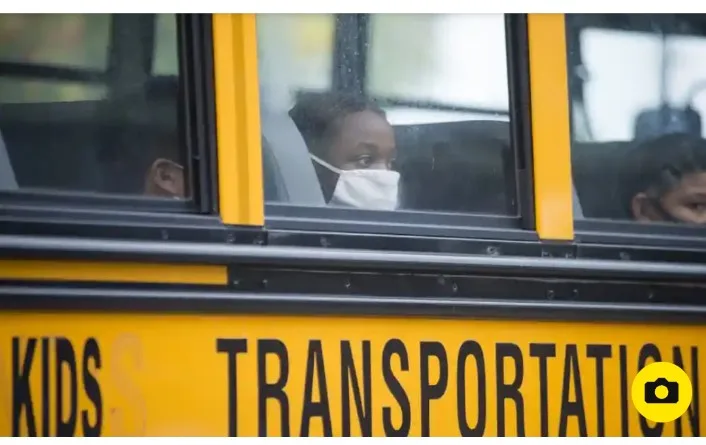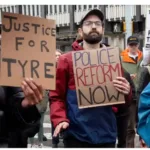In a sweeping initiative, the United States has unveiled a substantial investment of almost $1 billion to replace diesel-powered school buses with electric and lower-emission vehicles. The Environmental Protection Agency (EPA) is set to distribute funds to 280 school districts, benefiting 7 million children nationwide, as part of a concerted effort to mitigate harmful air pollution and curb greenhouse gas emissions.
EPA Administrator Michael Regan expressed the urgency of transitioning to cleaner alternatives, emphasizing the goal of ensuring a healthier future for children. Diesel emissions have been linked to adverse health effects, including higher rates of asthma, cancer, and school absenteeism. Notably, communities of color and individuals in low-income neighborhoods are disproportionately affected by elevated air pollution levels.
The grants, targeted at school districts serving low-income, rural, and tribal communities, mark a significant step in the Biden administration’s commitment to environmental justice. A total of nearly $2 billion has been allocated, facilitating the addition of around 5,000 clean buses to schools across the nation. This initiative draws from the 2021 bipartisan infrastructure law, which allocated $5 billion over five years to equip schools with environmentally friendly buses.
However, potential challenges lie ahead, as the transition to electric school buses may face impediments due to limited charging infrastructure. An EPA report warns that the increased demand on utility companies could impact the timely replacement of diesel buses.
Furthermore, some states, including New York, have encountered resistance to the complete phasing out of diesel school fleets. Republican senators in New York expressed concerns over the state mandate banning the purchase of diesel buses starting in 2027, citing financial burdens on school districts.
While the ambitious effort to shift towards electric school buses aligns with broader federal strategies, obstacles related to infrastructure and state resistance underscore the complexities of achieving a comprehensive transition away from diesel.




